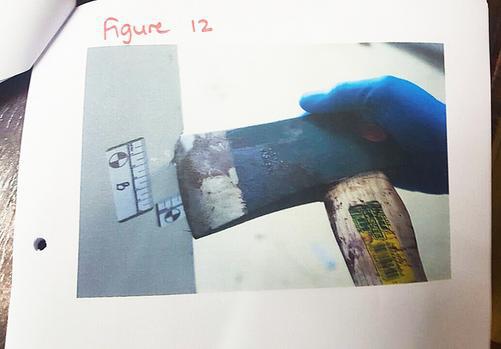 When you think of milestones in your life there’s a good chance that champagne also made an appearance. Whether you’re talking about graduations, New Year’s Eve parties or retirement parties, the moment’s almost always commemorated with a toast of champagne.
When you think of milestones in your life there’s a good chance that champagne also made an appearance. Whether you’re talking about graduations, New Year’s Eve parties or retirement parties, the moment’s almost always commemorated with a toast of champagne.
It’s natural to initially get into champagne for the glamor of it all as well as the taste and potential to make any meal pop with the right champagne food pairing. Then there are all the nuances of finding just the right year, region, body, sweetness and dryness. There’s a big difference between a crisp brut and a super sweet demi-sec!
Grapes That Go Into Champagne
What can sometimes be lost in the shuffle are the kinds of grapes that champagne is made from. There are actually three main categories of champagne and a lot of variations therein depending on how each type is combined with the others. There’s blanc de blancs (“white of whites”), blanc de noirs (“white of black”) and full-bodied though somewhat less popular Rose champagne. The last is sometimes called Rosato.
What should always be kept in mind is that all champagne is sparkling wine but not all sparkling wine is champagne. Another iron-clad rule with champagne is that – to live up to the name and have “appellation” – champagne must come from the Champagne region of France. Further, the grapes are usually pressed in a very particular way and secondary fermentation (the thing that gives champagne its bubbles and fermentation) is typically controlled and strictly regimented as well.
In the champagne world, a “vintage” champagne also means something very particular. When you’re enjoying a vintage champagne – which is a rare treat to be sure! – you’re getting a champagne that derives from grapes that were harvested in an auspicious year. This means that the grapes that go into making that vintage champagne will usually be a pure expression of one class (e.g., blanc de blancs) and come from the best year that a vineyard has to offer. Again, vintage champagnes are an absolute treat.
Understanding The Differences
Blanc de blancs champagne is comprised entirely of white grapes. Usually, these are chardonnay grapes but sometimes blanc de blancs champagnes are made from pinot blanc (another type of white grape) as well. A lot of champagne insiders consider blanc de blancs champagne to be the oenophile’s – wine or champagne connoisseurs – drink of choice.
Words used to describe blanc de blancs champagnes are “light” and “delicate” and “elegant”. The most famous types of blanc de blancs champagne come from Cote des Blancs – particularly the Cramant village – and it’s said that blanc de blancs champagne starts out with a distinct richness that, through the aging process, develops into a refreshing blend of crispness and fruitiness.
The difference, according to certain experts and palates, between blanc de blancs and blanc de noirs is night and day. Indeed, blanc de blancs typically come entirely from white grapes whereas blanc de noirs come entirely from black grapes, supposing that you’re talking about vintage years and non-blended champagnes in both cases. That said, blanc de noirs will usually have a heavier, more robust body and be made from Pinot Meunier or Pinot Noir.
Rose champagne – sometimes known as pink champagne – is full-bodied and normally sweeter than the other two classes of champagne mentioned above. If you purchase a rose champagne that’s pre-1990s there’s a good chance that it’s sweeter than its more modern counterpart, which can be as dry as brut champagne nowadays. Infusing a small amount of red wine during rose champagne’s blending gives this champagne its characteristic rose color and signature taste.
Advertisements Share this:




![25621846[1]](/ai/091/517/91517.jpg)